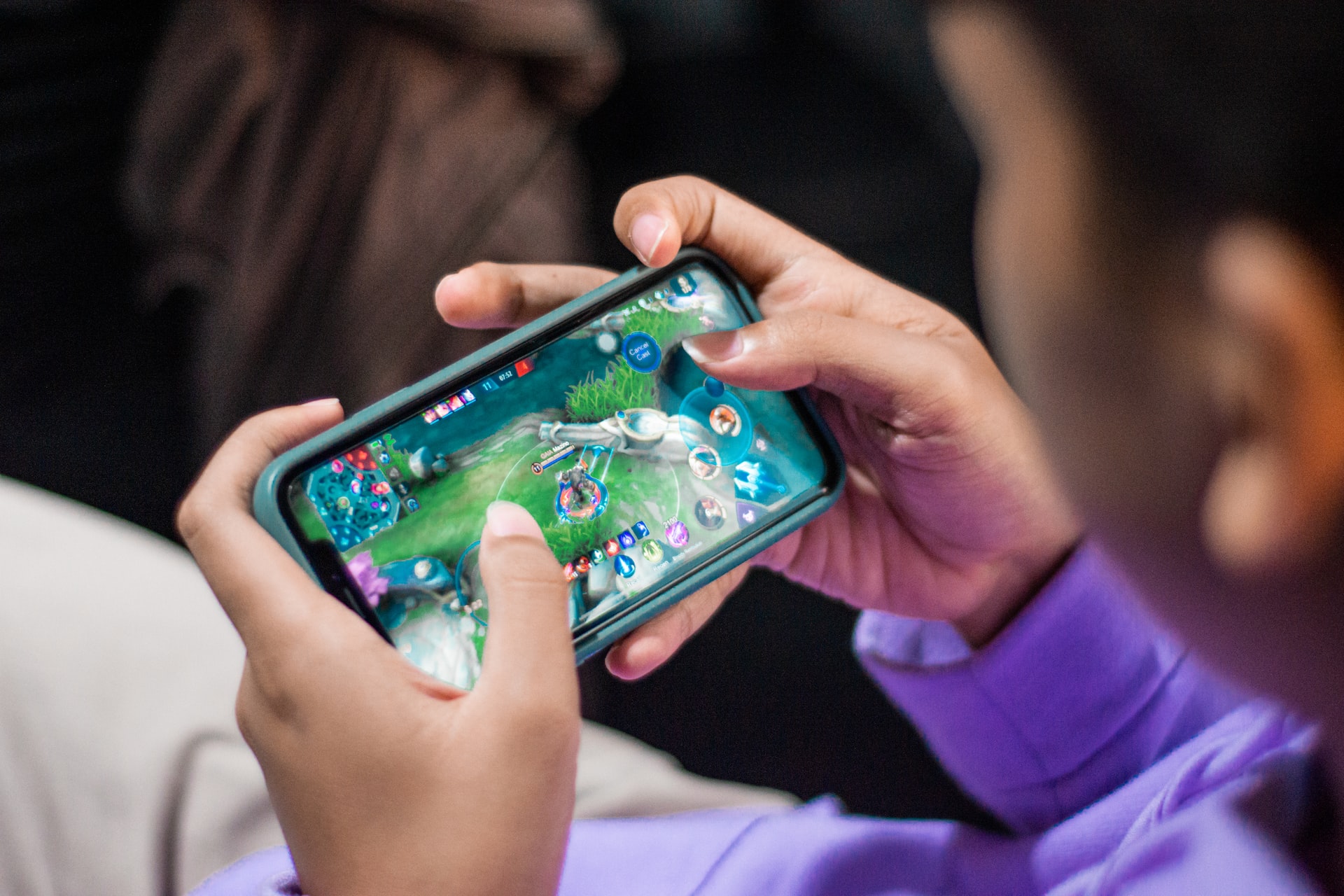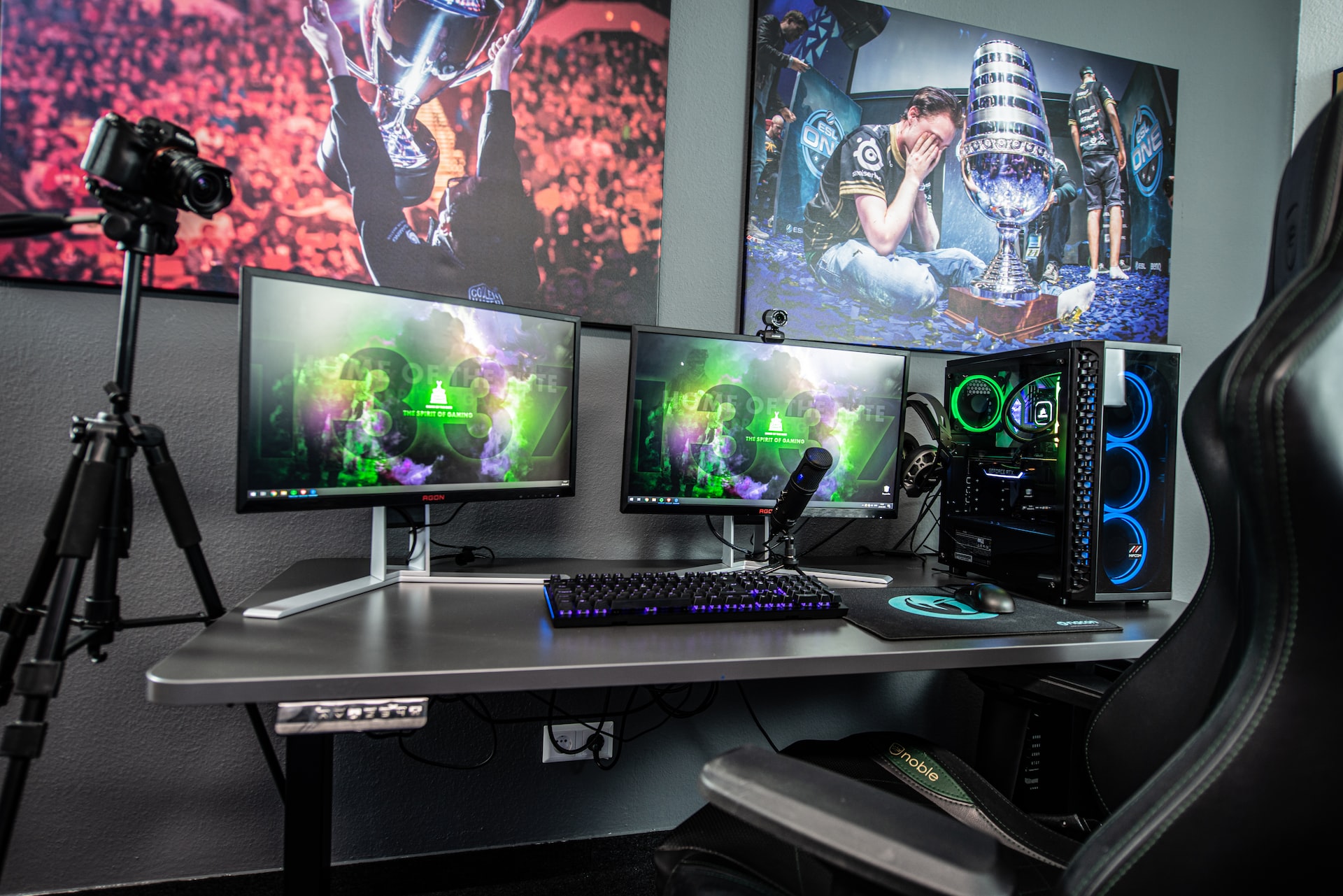Introduction
In the world of video games, indie game development has seen a meteoric rise over the past few years. One key aspect of this creativity is the art in indie game development. These developers often work with limited budgets and small teams, yet they manage to produce games that captivate players worldwide.
In this article, we will explore the profound impact of art in indie game development, shedding light on how these developers harness their creative prowess to overcome budget constraints and deliver extraordinary gaming experiences.
Art as a Pillar of Indie Game Development
Art in indie game development is one of the fundamental pillars differentiating these games from the mainstream ones. In a world where blockbuster titles often prioritize photorealistic graphics and intricate animations, indie developers find their niche by taking a unique approach to art. Instead of competing in the arms race of graphical fidelity, they focus on aesthetics, storytelling, and innovation, thus giving their games a distinct charm.

Aesthetic Appeal
Indie games are known for their diverse art styles. From the whimsical and colorful worlds of titles like “Hollow Knight” to the hand-drawn and emotionally resonant art of “Cuphead,” indie developers use art to create an aesthetic that can be instantly recognizable. These unique visuals attract players and provide an immediate sense of identity and intrigue. As a result, indie games are often celebrated for their creativity and originality.
Storytelling
Art plays a pivotal role in conveying the narrative of indie games. The choice of art style can directly impact how the story is perceived and enhance emotional engagement. For example, “Oxenfree” uses a beautifully hand-painted style to improve the game’s mysterious and supernatural narrative, immersing players in the world.
Innovation
Art serves as a medium for innovation in these games. For example, “Braid” used a unique time manipulation mechanic intertwined with its visually stunning, painterly art style.
Creativity on a Budget: Necessity Breeds Innovation
Indie game developers need more budget to handle the big studios. However, these constraints have spurred creativity and ingenuity, particularly in art.
Indie developers often create handcrafted assets, which can be more time-consuming but cost-effective. They may use pixel art, vector graphics, or traditional hand-drawn illustrations. These personalized assets give games a unique and charming quality, as seen in the critically acclaimed “Stardew Valley.”
Some indie developers use procedural generation techniques to create art assets dynamically, reducing the need for a vast library of static assets. Games like “No Man’s Sky” are renowned for using procedural generation to create extended, unique universes.

Minimalist art styles can be both visually appealing and cost-effective. By embracing simplicity, indie developers can focus on conveying their game’s essence without being burdened by excessive detail. “Limbo” and “Inside” are prime examples of games that use minimalist art to significant effect.
Indie developers often collaborate with freelance artists or outsource art assets. This allows them to tap into specialized talent and get high-quality assets while staying within budget constraints. These collaborations can lead to remarkable results, such as the atmospheric and haunting art in “Hollow Knight.”
Marketing and Art: Building a Fanbase
Effective marketing is vital for indie game developers to succeed, and art plays a central role in building a solid fanbase and generating anticipation for their games.
Art is showcased in game trailers and screenshots, making them the first point of contact with potential players. The visual appeal of these promotional materials can decide whether a player chooses to explore a game further. Indie developers carefully curate their game’s art assets to create captivating promotional content that resonates with their target audience.
Social media platforms like Twitter, Instagram, and Discord have become essential tools for indie developers to connect with their audience. Consistently sharing art and concept work allows developers to connect closely with their community. This approach also serves as a form of marketing, keeping players engaged and eager to follow the game’s progress.
Indie developers often create merchandise based on their game’s art, from posters and t-shirts to collectibles. This generates additional revenue and keeps players invested in the game’s world. The success of games like “Hollow Knight” and “Undertale” in merchandising demonstrates art’s power in building a loyal fanbase. It often transcends into crowdfunding, merchandise sales, and even the burgeoning world of NFTs (Non-Fungible Tokens) and crypto trading.
Indie developers have recognized the potential of blockchain technology to tokenize their unique in-game assets and artwork, offering players and collectors a chance to own a piece of the game’s history. This provides an additional source of revenue for indie studios and creates a deeper connection between the creators and their community.
The intersection of art, indie games, and crypto trading technology on the BTC loophole pro exemplifies the innovative spirit that defines this corner of the gaming industry, where every aspect of game development, from aesthetics to economics, is a canvas for creative expression.
The Success Stories: Art-Driven Indie Games
Several indie games have achieved remarkable success by leveraging art as a cornerstone of their design and marketing strategies. These games have demonstrated the profound impact art can have on the indie game development landscape.
● Hollow Knight
Team Cherry’s “Hollow Knight” is an example of an indie game that has gained worldwide recognition for its captivating art style. The hand-drawn, dark, and atmospheric visuals are central to the game’s identity and have contributed significantly to its success. The art’s quality and consistency have made “Hollow Knight” a celebrated indie title.
● Cuphead
“Cuphead” by Studio MDHR is renowned for its painstakingly detailed and nostalgic 1930s cartoon-inspired art. This unique visual style garnered considerable attention and interest before the game’s release. The game’s success demonstrates how art can be a powerful marketing tool and a key driver of player engagement.
● Oxenfree
Night School Studio’s “Oxenfree” marries a beautifully hand-painted art style with a compelling narrative. The game’s visuals convey the story’s eerie atmosphere and supernatural elements, resulting in a memorable and emotionally resonant experience. “Oxenfree” is a testament to how art can enhance storytelling in indie games.
Conclusion
Indie game development is where creativity flourishes, often in the face of budget constraints. The impact of art in indie games is undeniable, shaping the aesthetic, gameplay, and marketing of these titles. Art is not just a means to overcome budget limitations; it’s the lifeblood of indie game development, providing these games with a unique identity and captivating players with charm and innovation.
As we move forward, indie game developers will continue to push the boundaries of art in their pursuit of creative and innovative gaming experiences. In doing so, they will inspire both their peers and players, proving that with passion and creativity, even on a budget, the world of indie game development can continue to thrive and evolve. In a world dominated by blockbuster titles, indie games offer a refreshing alternative, reminding us of the enduring power of creativity and the transformative role of art in the world of video games.
In the journey of how to become a game developer, aspiring indie game developers will persist in pushing the boundaries of art to create innovative gaming experiences. Through passion and creativity, even on a budget, the world of indie game development can thrive and evolve, inspiring both peers and players. Amidst a landscape dominated by blockbuster titles, indie games stand as a refreshing alternative, emphasizing the enduring power of creativity and the transformative role of art in the realm of video games.
